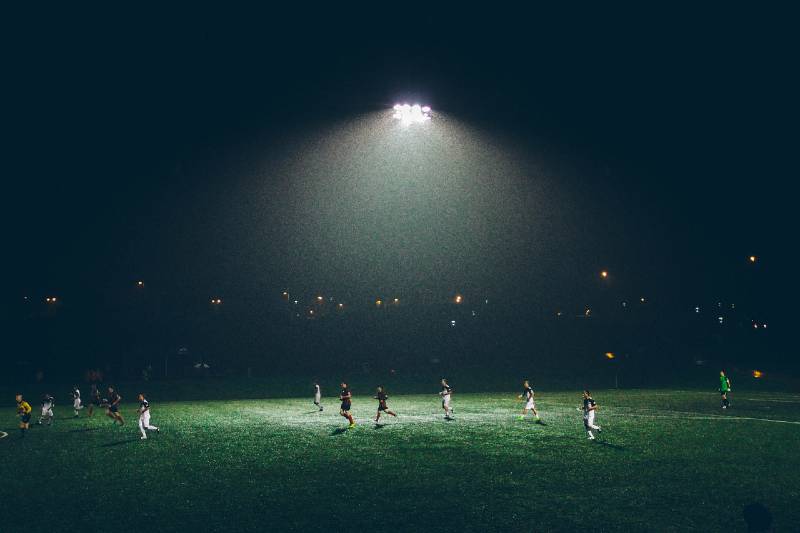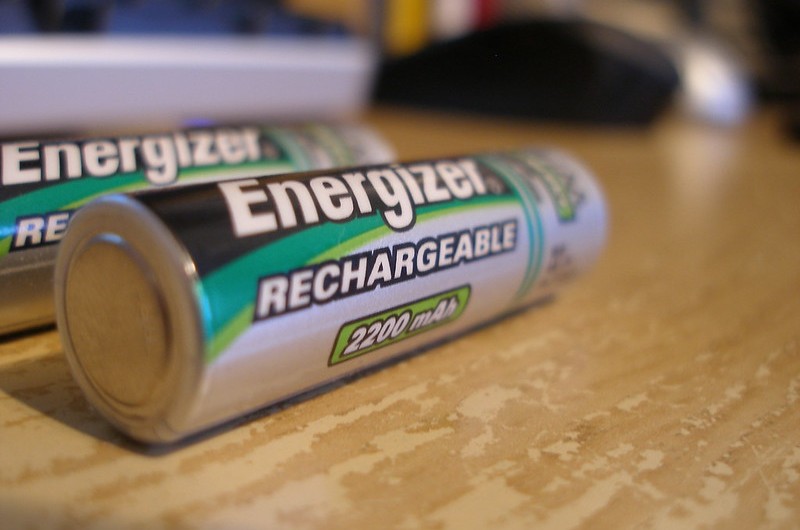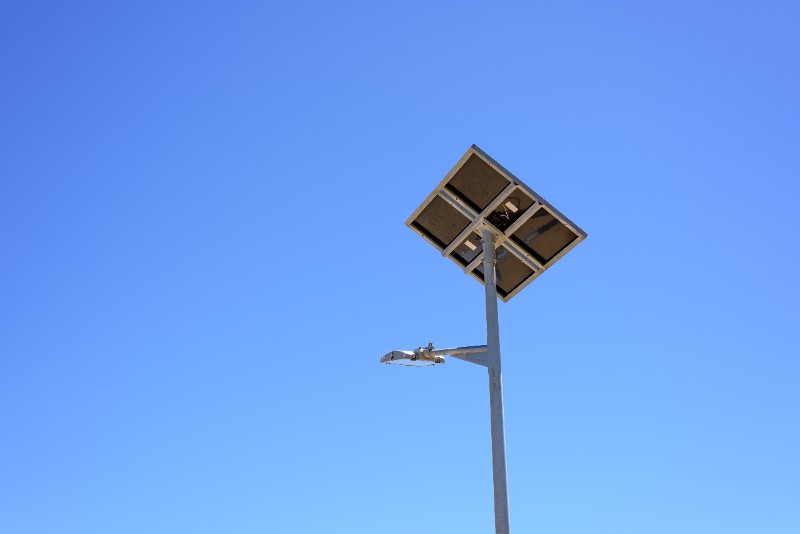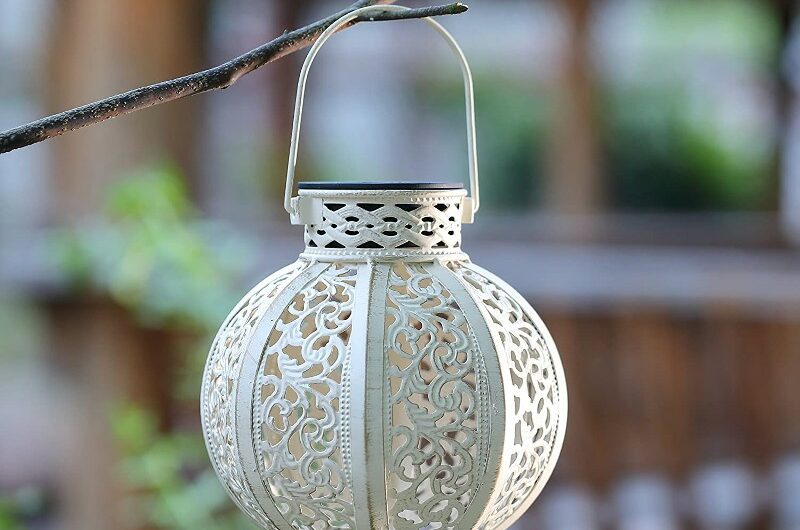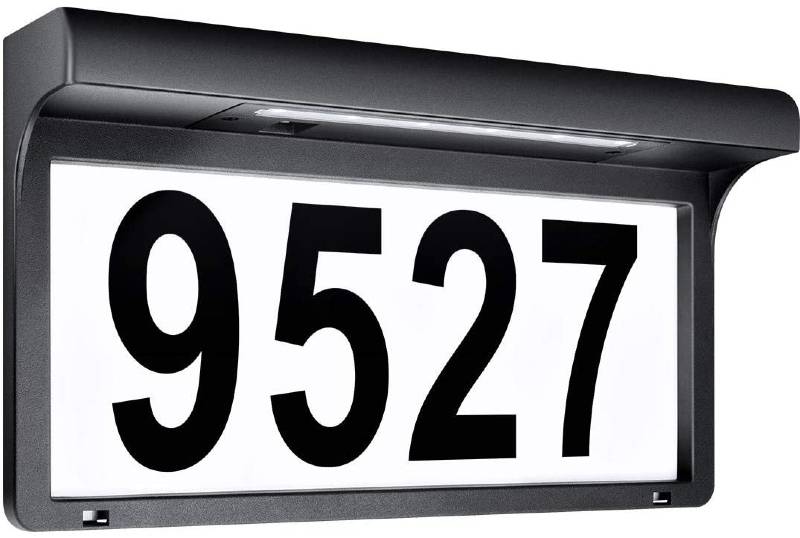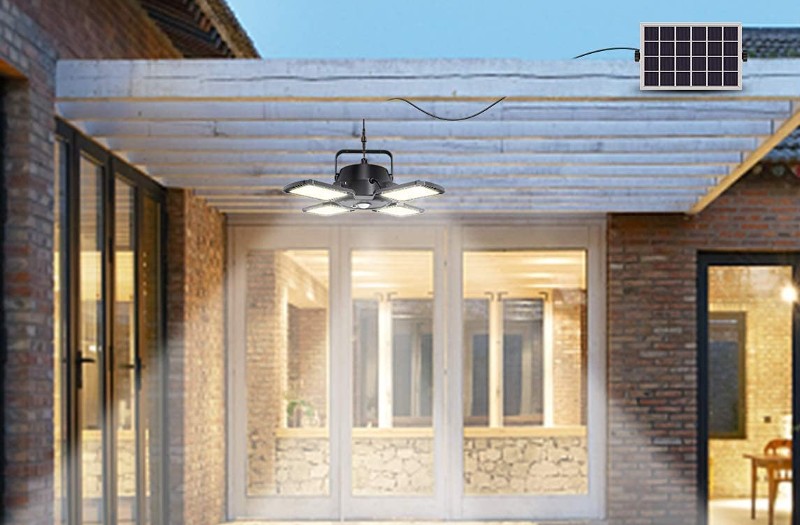When planning your outdoor lighting, there are a lot of factors to consider, and one of the most common questions is, “How Far Apart Should Solar Lights Be Placed?”
To make sure your yard is lit up just right without dark spots or overly bright areas, place your solar lights about 6 to 8 feet apart.
This spacing helps spread the light evenly, making your yard look great and keeping it safe.
In this article, I’ll show you the benefits of spacing your solar lights correctly. We’ll go over some easy installation tips and how to make your outdoor space both beautiful and functional.
Key Takeaways
- Effective spacing also boosts security by eliminating dark corners, making your yard less attractive to intruders.
- Solar lights should be placed 6 to 8 feet apart to ensure even illumination and avoid dark patches or overly bright spots.
- Proper spacing of solar lights ensures optimal illumination by avoiding dark patches and overly bright spots.
- Well-spaced solar lights enhance the aesthetic appeal of your yard, making pathways welcoming and highlighting garden features.
- Correct placement improves safety by lighting up potential hazards like uneven paths and steps, reducing the risk of trips and falls.
Why Is Proper Spacing Important for Solar Lights?
1. Optimal Illumination
Of course, we don’t want to just scatter solar lights around the yard and hope for the best.
So, getting the spacing right makes sure every part of your yard is lit up just right.
When you space your solar lights properly, each light overlaps a bit with the next one.
This way, you avoid dark patches where the light doesn’t quite reach, and you also prevent those blindingly bright spots from lights that are too close together.
2. Aesthetic Appeal
Beyond just lighting up your yard, getting the spacing right on your solar lights can spruce up the place.
When you think about where to put each light, you’re doing more than just throwing light around—you’re enhancing the whole look of your garden.
This means making your pathways more welcoming or highlighting cool features like statues, fountains, or colorful flower beds.
So, it’s all about creating a balance and a bit of symmetry that pulls everything together into a more polished look.
3. Enhancing Safety Measures
Here’s the most straightforward reason why getting your solar light spacing spot-on is crucial: it ramps up safety.
When you set up your lights just right, they light up places where someone could trip or stumble—like uneven paths, steps, or those sneaky spots that are hard to see at night.
Plus, good lighting is key for security.
A yard with no dark corners is way less tempting for someone who shouldn’t be there.
Believe me, intruders think twice before approaching a well-lit home, and friends don’t have to guess their way to your door.
Related Article: Do Solar Lights Work in Winter?
How Far Apart Should You Place Solar Pathway Lights?
You should place your pathway lights about 6 to 8 feet apart.
This distance works well because it lights up the path evenly, making it both pretty and practical.
However, if you need more light or want a stronger effect, you can bring them a bit closer together.
On the flip side, if you’ve got other lights nearby, you might need to spread them out more, even going beyond 8 feet.
Related Article: How to Install Solar Lights?
Here’s how to get your solar pathway lights set up just right:
- Try It Out: Don’t be shy to move things around a bit. Sometimes you won’t know what looks best until you see it in place. Play around with the spacing until you’re happy with how it lights up your space.
- Measure Your Pathway: First up, grab a tape measure and figure out the length of your pathway. This will help you work out how many lights you’ll need. Mark where each light will go to keep your spacing nice and even.
- Sunlight Check: Since these are solar lights, they need plenty of sun to charge up during the day. Make sure you place them where they won’t be shaded too much. More sun equals more glow at night!
- Think About What You Need: What’s your main goal with these lights? If it’s keeping your path safe, you might want to keep them closer together to avoid any dark spots. If it’s just for looks, spreading them out might be just fine.
Related Article: Do Solar Lights Need Direct Sunlight?
Related Article: How to Install Solar Powered Lights?
FAQs
How Do I Get the Most Out of My Solar Lights?
To get the most out of your solar lights, ensure your solar lights are placed in areas that receive maximum sunlight during the day and regularly clean the panels to maintain efficient charging.
How Do You Position Solar Lights in Your Yard?
Position solar lights along pathways, near landscaping highlights, and areas you want to secure, making sure each light gets enough sunlight to recharge during the day.
What Is the Spacing for Retaining Wall Lights?
Space retaining wall lights approximately 6-8 feet apart for even illumination, adjusting based on the light intensity and the effect you desire.
Conclusion
As promised, we’ve talked about why it’s important to space your solar lights properly to keep your yard looking great and staying safe.
Here’s a handy tip: try using both uplighting and downlighting.
This will show off your garden’s best parts and make sure paths and entryways are well-lit.
It makes your yard look nice and keeps it secure.
If you have any more questions or need extra tips, just reach out.
We’re here to help you set up the perfect outdoor lighting!
Join our solar microdosing newsletter and get bite-sized, easy-to-understand insights into the world of solar energy.
From how solar panels work to building your own DIY solar system, we’ve got you covered.


